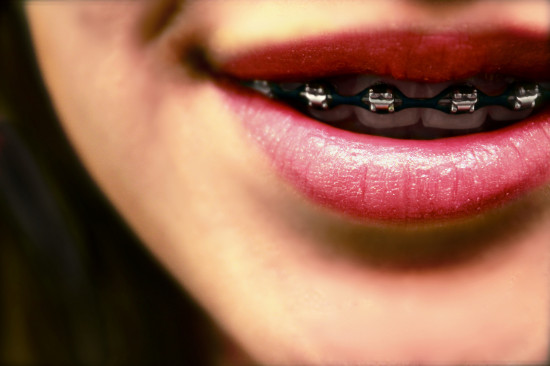
For decades, treatment with braces has been a reliable way for teens and adults alike to achieve a straight, beautiful smile. Unfortunately, they can be quite expensive.
The first step in determining just how much you’ll have to pay involves scheduling consultations with local orthodontists. Orthodontic consultations are “usually free,” however you should visit more than one orthodontist in order to assess what should be done and compare prices. After each consultation, remember to ask for a price quote so you can compare plans and prices later.
What is the average cost of braces? It depends on what kind you want/need. There are four main types and the costs can vary widely depending on the technology used:
Metal braces (traditional braces): $3,000 – 7,000
Ceramic braces: $4,000 – 8,000
Lingual braces: $8,000 – 10,000
Invisalign: $4,000 – 7,400
In making a decision with your orthodontist about the type of braces to use, there are important considerations such as cost, the cosmetic aspect (Invisalign is virtually undetectable) and of course, the medical component (i.e. Invisalign is rarely used when serious dental problems must be corrected).
According to Smile Prep, what you’ll pay for braces also varies significantly based on where you live. For instance, if you live in an urban area of New England – say Boston – you can expect to pay as much as 30% more than someone living in the suburbs of Michigan.
Many orthodontists will offer flexible financing options for you. Down payments are often very low – just a few hundred dollars – and plans can run as long as 60 months.
However, other costs can quickly add up. Even if a consultation is free, there may still be costs associated with subsequent appointments as with any doctor’s visit. As well, depending on the complexity of the case, teeth may have to be extracted. Many dental insurances cover at least 80 percent of extraction costs; however, if your dental insurance deems the procedure not “medically necessary,” surgical extractions can cost $180-400. Your orthodontist can also ask for X-rays, some of which may not be covered by your insurance since many limit the number of x-rays you can take each year. Additionally, your orthodontist might request “specifics,” such as a panoramic X-ray to provide a broad view of your entire mouth and highlight problems such as impacted wisdom teeth, infections or fractions. But the cost will be $60 – 150.
As the dollar signs add up, you might second-guess the decision to get braces, but there are a couple of things you can do to try and reduce the costs
Discounts
Ask your orthodontist if he or she provides any payment discounts if you pay the cost of the procedure upfront or another family member or friend is treated.
Dental Clinics
If you live near a dental school, the dental clinic for students might be a place where you can find significantly discounted treatment options. The students learn to put in braces under careful supervision, and you can save nearly 50 percent or more on the costs.
All in all, deciding to get braces is costly, but potentially very rewarding process. Do your research beforehand and be unafraid to ask your orthodontist questions about the costs and procedures both before and during your journey. Beyond a beautiful smile, braces are also a way to take care of your oral health. Crooked, missing or irregular teeth can cause tooth decay and other complications if left untreated, and chronic oral problems have been linked to diabetes, heart disease and other health complications. Thus, investing in braces could be considered a way to invest in your health — good luck!
(Photo courtesy of monica y garza)
Comments